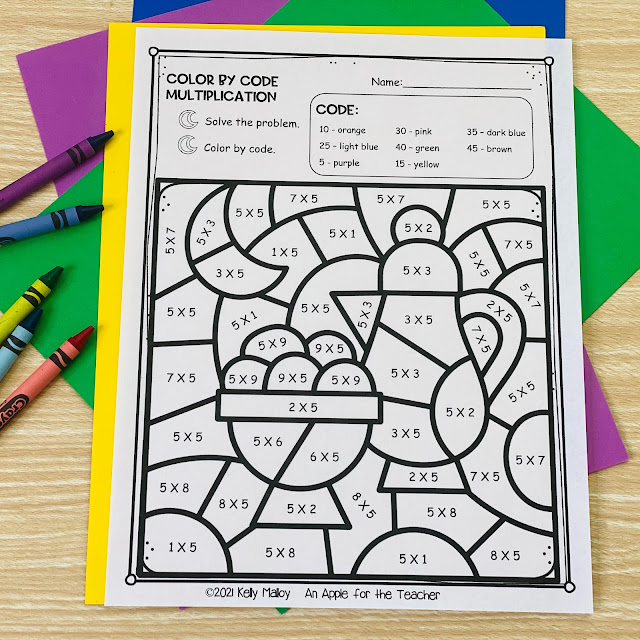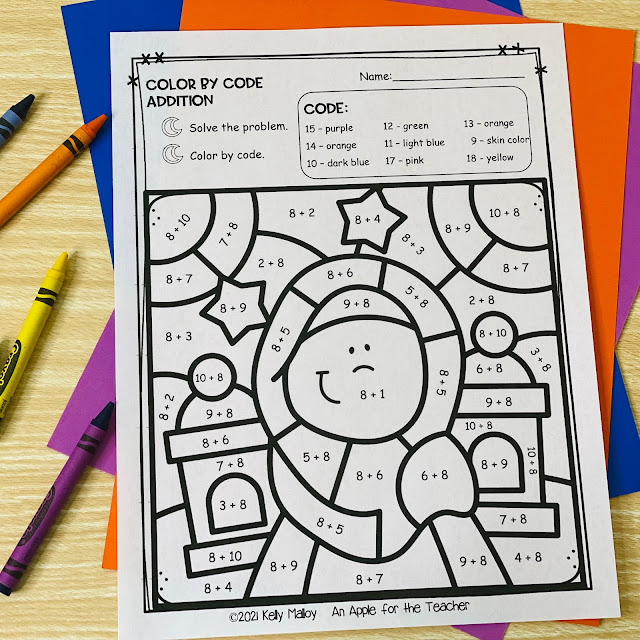Math Facts have been an important part of any student's math education. After teaching seventh grade math and fourth grade math and seeing students struggle with more advanced concepts because they are not able to recall a math fact, I am completely convinced that being able to solve math facts is vital to success in upper math.
Because of this, I work tirelessly to make sure that my students can solve 6 X 8 as effortlessly as they take a breath!
This post contains affiliate links. I earn a small commission each time someone makes a purchase using one of my links, which helps to support the blog. All opinions are my own and I only promote brands and products that I have used myself and truly love.
One of the ways that I have my students practice math facts is through the use of flash cards.
I put the flashcards in order this way:
This helps the students to feel successful on the majority of the cards. I based the amount of new math facts on research that found that third and fourth graders can retain 3 to 4 new pieces of information at a time. If your students are younger, you may want to reduce the number of unknown facts at a time.
Known fact
Known fact
Unknown fact
Known fact
Unknown fact
Known fact
Unknown fact
Known fact
This helps the students to feel successful on the majority of the cards. I based the amount of new math facts on research that found that third and fourth graders can retain 3 to 4 new pieces of information at a time. If your students are younger, you may want to reduce the number of unknown facts at a time.
As we go through the pile of cards, I put tally marks on each card that the student answers correctly. Once a card has 5 tally marks, they become a known fact. When the card has 10 tally marks, the student gets to take the card home because they "own" it! They love taking cards home and they even continue to practice at home.
When the students practice, I have them say the whole fact out loud, not just the answer. So they would say "Four times three equals twelve."
If they miss one, I have them say it correctly, then skip back three facts and repeat them again. This way they have additional practice with the facts they are missing.
I use a set of cards from my Kicking it Math Facts program which is available in addition, subtraction, multiplication, and division depending on your students' needs.
You can also get a copy of the flashcards only as a freebie! This free set includes facts up to ten, but the full resources include facts up to twelve.
I print the cards out on heavy cardstock front to back and them cut them out. I like to laminate them to make them even more sturdy, but you don't have to. You can even just print them out on regular copy paper.
I punch a hole in the side and put them on a binder ring so that they all stay together. Students can even hook them onto their binders so they don't lose them.
Do you use flash cards? If so, how?








































